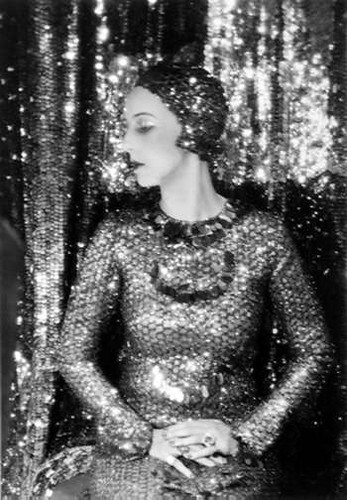As a group we had to create a presentation that educated our audience on our decade in an interesting, and engaging way.
our idea initially started because none of our group where particularly comfortable with speaking in front of a large group. Our idea therefore became to perform a silent movie. we decided that to make this movie most definately 1920s we had to incorporate certain obvious elements that keep it unique to this decade.
so we decided to evolve our movie around the Chrysler Building designed my architect William Van Allen in 1928. we also included flappers, Louis Armstrong Jazz.
to justify why we decided to act out our film instead of pre record it we decided to use the fact that the first 3D movie was shown in the mid 1920s. for this we cut out over 100 pairs of 3D glasses to give out to our audience
here our some pictures from our preparation week











